7. 10 tips to improve your social listening strategy
Table of Contents
Building a robust social listening strategy is essential for seeing growth and positive results as a result of your marketing efforts.
However, even the best strategies need regular refinement and evolution to stay ahead in the rapidly changing, competitive landscape of digital marketing.
For your strategy to be effective, it must respond to market dynamics while progressing swiftly to remain fresh, current and engaging - especially for highly active audience members who spend considerable time on social media.
In this article, we'll cover the 10 top tips to get you started with crafting a solid social listening strategy.
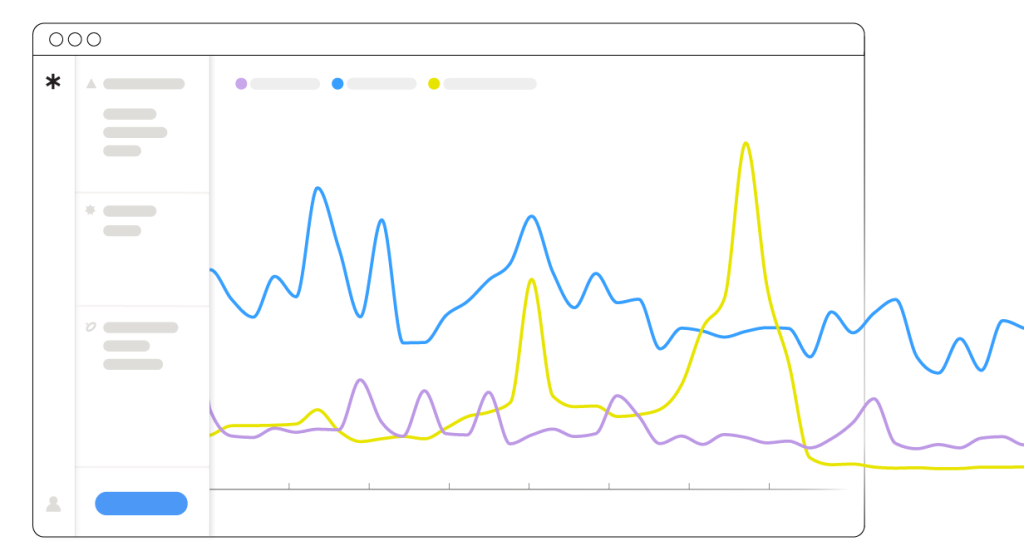
-
Set clear goals
Having clear and defined goals is a crucial first step in forming your social listening strategy. Begin by addressing fundamental questions that clarify your purpose and expectations:
- Purpose and outcomes: What specific outcomes are you aiming to achieve through social listening?
- Application: In what ways do you plan to utilize the insights gathered from social listening?
- Focus Areas: Identify the key aspects you intend to monitor, measure, and analyze. Is it brand sentiment, competitor analysis, customer feedback, or market trends?
- Strategic improvements: Pinpoint the areas within your business and strategy that require enhancement. How can social listening insights support these improvements?
- Alignment with business goals: Consider how social listening aligns with and supports your broader business objectives.
By considering your goals upfront, you create a strong foundation for a tailored social listening strategy. This approach ensures your efforts are directly aligned with your brand’s unique needs, setting a clear path towards measurable success.
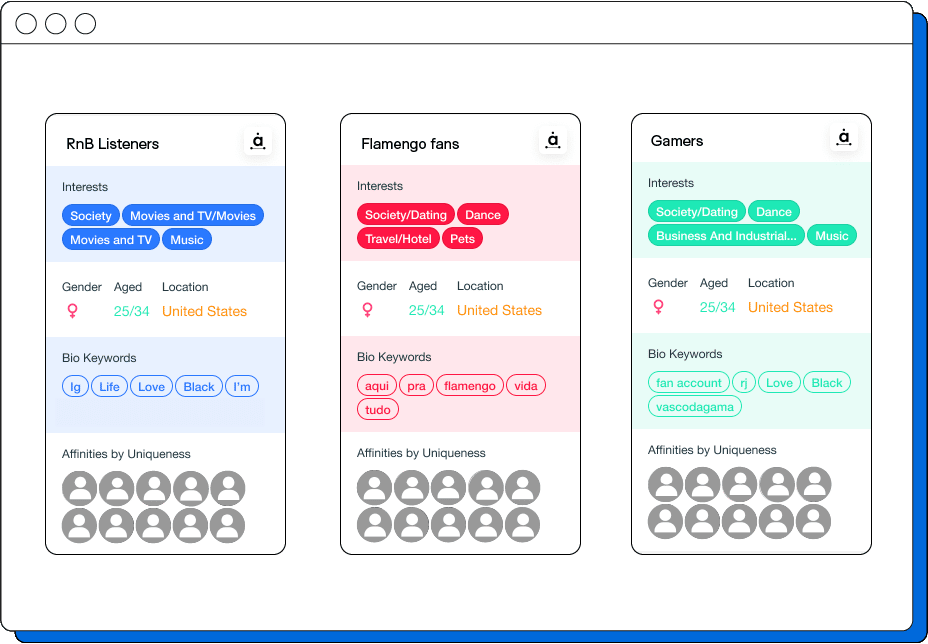
-
Segment your audience
Truly understanding your audience - who they audience are, their interests, and their online behaviors - is essential for crafting content and campaigns that resonate on a deeper level. Utilizing advanced tools like Pulsar TRAC enables you to segment your audience effectively based on shared interests, behavioral patterns, demographics, and more.
The key to crafting impactful campaigns lies in recognizing that different communities within your audience talk about the same thing differently. Observing the nuances of how your audience participates in public conversations and the platforms they frequent often will guide you in shaping a targeted marketing strategy that both reaches and genuinely connects with each segment of your audience.
-
Engage and interact with your audience
Sometimes keepings things simple is the best way to go - especially when it comes to keeping the conversation around your brand going and your audience engaged. Allocating regular time to interact with your audience helps humanize your business and shows that you value their input.
Effective social listening extends beyond just monitoring conversations; it involves active participation. Engaging directly with your audience – responding to their comments, messages, mentions, and reviews – is pivotal. Whether it’s addressing concerns and complaints to prevent escalation or acknowledging positive feedback, this level of interaction significantly shapes customer perceptions and enhances their overall view of your brand. It’s these genuine, humanized engagements that build stronger relationships and foster a loyal community around your brand.
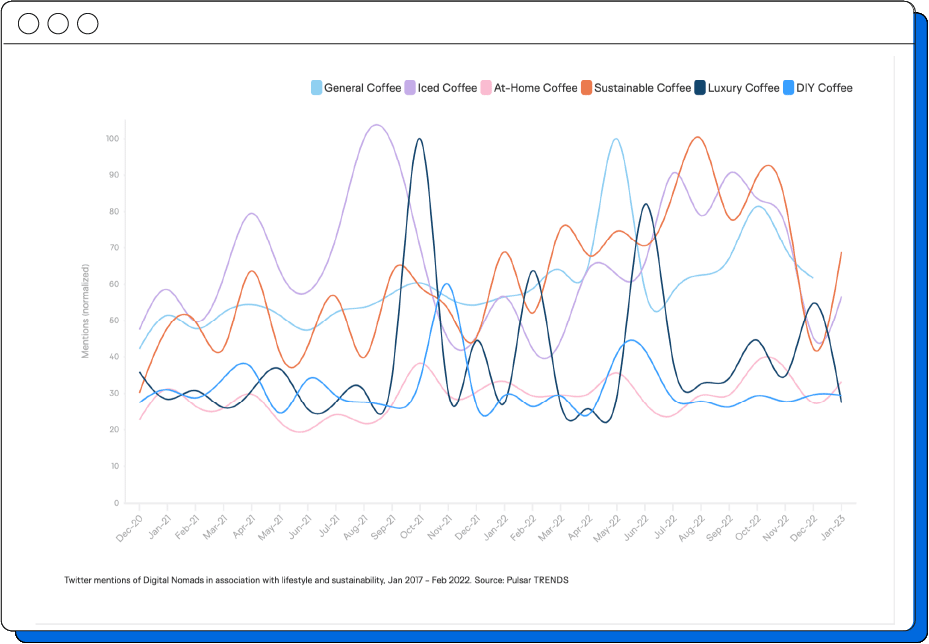
-
Monitor the right keywords/ topics
For social listening to be truly effective and its advantages apparent, it's important to reach far beyond just tracking keywords and topics directly linked to your brand. Compile a list of relevant keywords, hashtags, and common phrases often used in online conversations about your brand, products, services, and competitors. It's also essential to monitor broader terms that are used within your industry, ensuring you always stay in the know concerning the current conversations taking place within your audience.
By taking the time to grasp how your audience talks about things directly related to your brand or industry, you can stay abreast of all relevant mentions in real-time, ensuring no critical conversation escapes your notice.
Remember, keyword monitoring is not a set-and-forget task. Regularly review and update your keyword list to align with the changing dynamics of your audience, market shifts, and evolving trends. This ongoing refinement is key to maintaining the efficacy of your social listening strategy, ensuring it remains responsive and relevant to the current digital landscape.
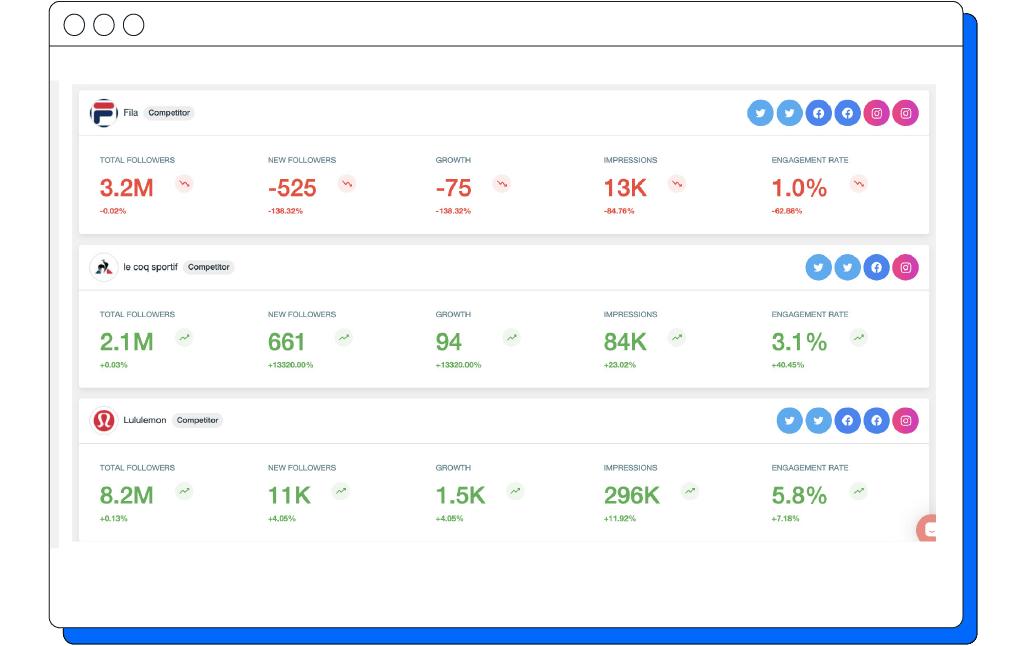
-
Integrate cross-channel analysis
An essential part of understanding your audience, their interests and character is by delving into their behavioral habits. Utilizing social listening to discern platform preferences is vital. It's about understanding whether your audience uses multiple social media platforms, and how they interact and behave differently on each of these platforms - which can in turn, inform a strategy that resonates across different channels.
To have a detailed and nuanced understanding of your audience, incorporating cross-channel analysis into your social listening strategy. Consider these questions: Which audience segments are most active on Instagram, drawn to its visual storytelling? Who are the conversationalists sparking debates on Twitter? How do your campaigns perform and resonate across different platforms? Are you effectively reaching the right segments at the opportune moments on the most suitable platforms?
By using social listening to explore these kinds of questions, you can tailor your strategies to the preferences and habits of your audience segments, allowing your marketing campaigns to become more informed, targeted and impactful.
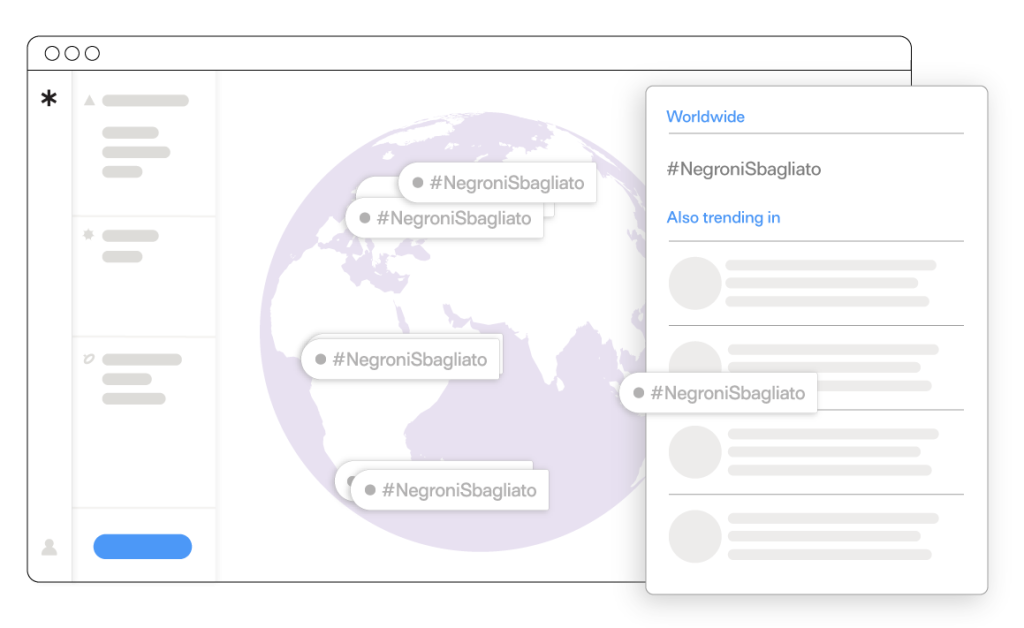
-
Recognize marketing opportunities
All your hard work monitoring and strategizing puts you in a great position to recognize unique and exciting marketing opportunities that arise on social media While a well-crafted strategy provides a solid foundation, it's equally important to stay adaptable for spontaneous moments to jump on overnight trends, engage with your audience dynamically, or connect with influential voices as opportunities come into being. One of the greatest advantages of social listening is its ability to capture these emerging trends as they unfold in real-time, ensuring you're always on the pulse of what's trending.
However, as in most cases, relevance is crucial. As marketers, it's vital to assess how your brand can naturally align with these trends. The goal is to engage with trending topics in a way that resonates authentically with both your brand's identity and your audience's expectations. This approach ensures that your brand not only participates in the conversation but does so in a way that reinforces its values and strengthens its connection with your audience.
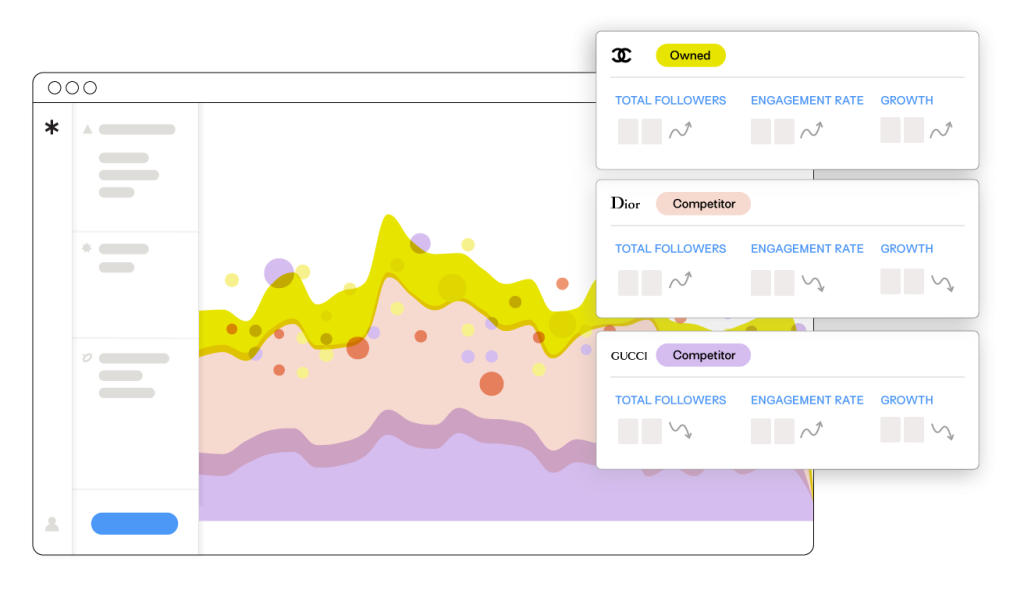
-
Analyze competitor strategies
If you’re truly making the most of social listening, you’ll have a good idea of what your competitors are doing - giving you insights into what’s working well for them and what isn’t. Beyond monitoring your own brand, it’s important to keep track of your top competitors. Look at things like how customers are talking about their products or services - are sentiments mostly positive or negative? Where are the gaps in their offerings that you can make the most of? As well as this, looking into how they engage with their audience will also tell you a lot. Do they frequently respond to complaints or positive feedback? What type of language or tone of voice do they use? What do they post on their social media platforms? This will all be useful in informing your own strategy.
-
Regularly review and adjust your strategy
Effective social listening is an ongoing, dynamic process, not just a one-time task to check off; it requires regular adaptation to stay relevant.
In line with ever-evolving audience behaviors and the digital realm, your social listening strategy must be equally fluid and responsive. As new opinions form online and emerging trends develop, it's vital that your approach evolves alongside these shifts to keep audiences engaged and your brand relevant. In short, nothing ever stays static online, so why would your strategy not change too?
This proactive approach to social listening ensures your strategies are continually optimized, keeping your brand aligned with your audience and the fast-paced nature of social media.
-
Leverage data for decision making
With an effective listening strategy in place, there’s no room for guesswork. Social listening provides the audience insights required to ensure you always make informed decisions beneficial to your brand. Key areas to focus on include:
- Understanding your audience segments: Utilize social listening to gather real-time data about your audience, helping you understand the diverse segments within your broader audience base. Analyzing your most fruitful segments, including their specific needs, preferences, and behaviors, allows you to tailor your messaging and strategies more effectively.
- Identifying best performing platforms: Dig deep into data to determine which social media platforms yield the best results for your brand - invaluable for crafting platform-specific campaigns that truly resonate with your target audience.
- Tracking campaign effectiveness: Leverage social listening data to assess the impact of your marketing campaigns. From engagement metrics to sentiment analysis and audience feedback - gauge the success of each campaign and fine-tune current strategies, guiding the development of future campaigns.
By consistently leveraging data for decision making, your strategy is built upon a strong foundation of audience understanding, ensuring its effectiveness.
-
Remember social listening isn’t an overnight success story
When refining or initiating a social listening strategy, it's crucial to recognize that success doesn't happen overnight. Social listening is a journey, not a sprint, demanding patience and ongoing effort. Building a robust strategy, fine-tuning your tools, deeply understanding your audience segments, and identifying effective campaigns are all processes that unfold over time.
The effectiveness of social listening grows as you gain a more nuanced understanding of your audience. Continuing to evolve your processes and strategies helps marketers build a strong and healthy brand, creating a network of trust and customer loyalty, gradually leading to significant and measurable results.
